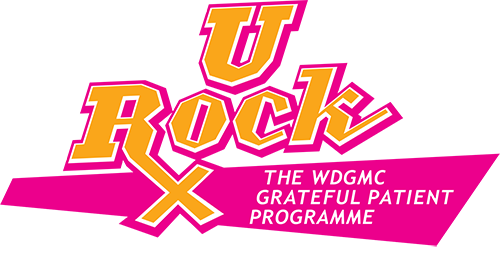
Written by: Dr Kgomotso Mathabe (Part 2 of 4)

Diabetes mellitus, more commonly known as diabetes, is one of the chronic medical conditions which are prevalent throughout the world, with 366 million people affected globally, of which 3,6 million are in South Africa. That accounts for about 6% of the population.
It is estimated that a further 5 million South Africans have pre‐diabetes in which the glucose levels in the body are high but not high enough to qualify as diabetes. It takes on average 7 years for a person who is diabetic to be diagnosed, because the initial symptoms are subtle and non‐specific.
Diabetes is a condition in which the body is no longer able to process the glucose (sugar) from our diet. Insulin is a hormone produced by the pancreas which metabolises glucose and converts it into energy
Type 1 diabetes – this is an autoimmune condition affecting the pancreas, where the body is then unable to produce insulin. This typically starts in childhood or young adulthood.
Type 2 diabetes – a condition which develops over time, typically due to an unhealthy lifestyle. This manifests in adults.
Gestational diabetes – some women develop symptoms and signs of diabetes during pregnancy.
The symptoms of initial diabetes are so subtle that it isn’t advisable to depend on symptoms to make the diagnosis.
It is better to screen for the disease if one has any risk factors which include gestational diabetes, a family history of diabetes, history of excessive alcohol use. Screening is done on either a urine or a blood sample.
The effect of diabetes on the body can be divided into two main groups
From the top down
Diabetes mellitus is a silent disease often until the process is far advanced. There are simple, inexpensive, non‐invasive test which can be done to screen for it. Its effect on the urological system can be devastating. However like many medical conditions if diagnosed early and managed appropriately the patient can enjoy a good quality of life and the complications averted.
Diabetes Tsunami hits South AfricaFind Doctors, Services, Specialities